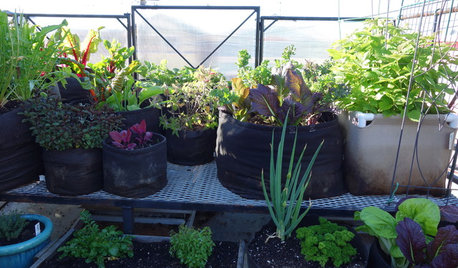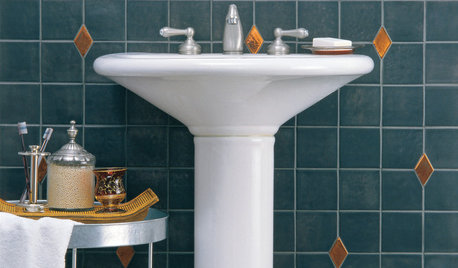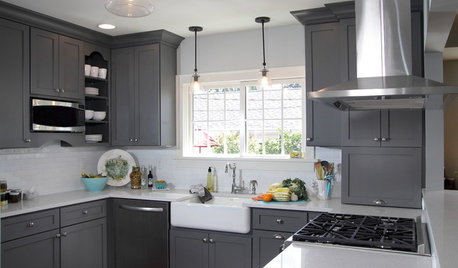Garlic Mustard Experiments
bob64
16 years ago
Related Stories

GARDENING GUIDESDo You Have This Invasive Plant in Your Yard?
Garlic mustard is spreading across the U.S. Here’s how to spot it and what to do
Full Story
KITCHEN DESIGNWorld of Design: Favorite Recipes From Food Lovers Around the Globe
Travel with your tastebuds and experience for yourself these international foodies' favorite dishes
Full Story
TRAVEL BY DESIGNTravel Guide: New Orleans for Design Lovers
Experience the city's energetic rebirth layered with centuries of history, seen in its architecture, museums, restaurants and more
Full Story
FARM YOUR YARDAn Urban Greenhouse Overflows With Edibles
Making meals just means stepping into the yard for a San Francisco couple who revamped an old orchid house
Full Story
TILEMoroccan Style Stirs Up Exotic Flair
Use patterns, tilework and architecture to bring the enticing feel of Morocco to your home
Full Story
GARDENING GUIDES11 Favorite Edibles for Your Cool-Season Garden
Plant crunchy carrots, crisp radishes, tender peas and other vegetables for fall and spring harvests
Full Story
HOUZZ TOURSHouzz Tour: French Farmhouse Style in Pennsylvania
Marian Parsons reinvents her mid-century home with vintage furniture and crafty fixes
Full Story
KITCHEN OF THE WEEKKitchen of the Week: New Function, Flow — and Love — in Milwaukee
A traditional kitchen get an improved layout and updated finishes in a remodel that also yields a surprise
Full Story
FEEL-GOOD HOMESimple Pleasures: 10 Ideas for a Buy-Less Month
Save money without feeling pinched by taking advantage of free resources and your own ingenuity
Full Story




billc-2007
tclynx
Related Discussions
Garlic Mustard Compost
Q
European Garlic Weed or Garlic Mustard - how to recognize it?
Q
The Garlic Mustard Has Landed
Q
Garlic mustard attack
Q
bob64Original Author